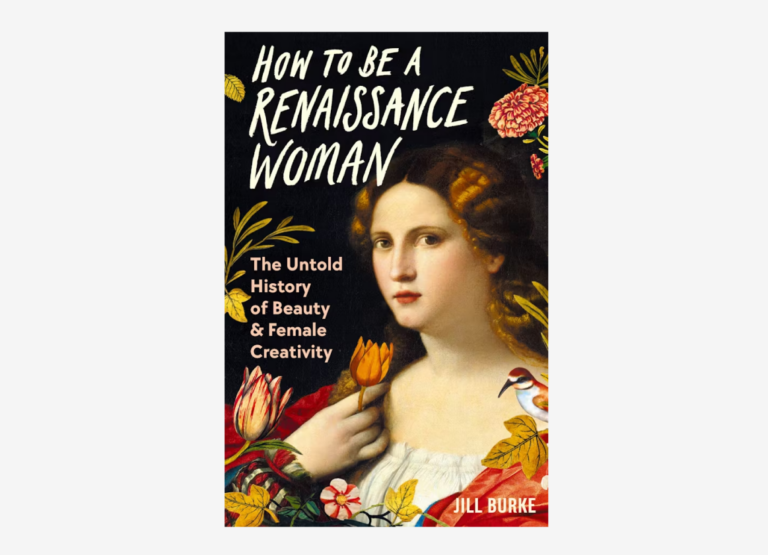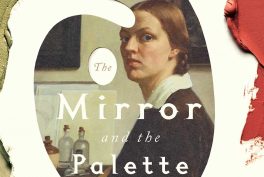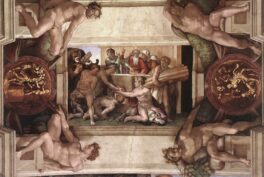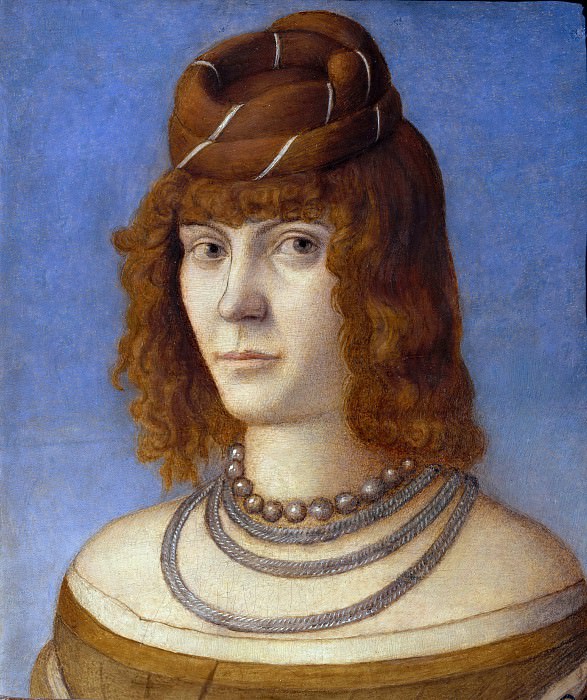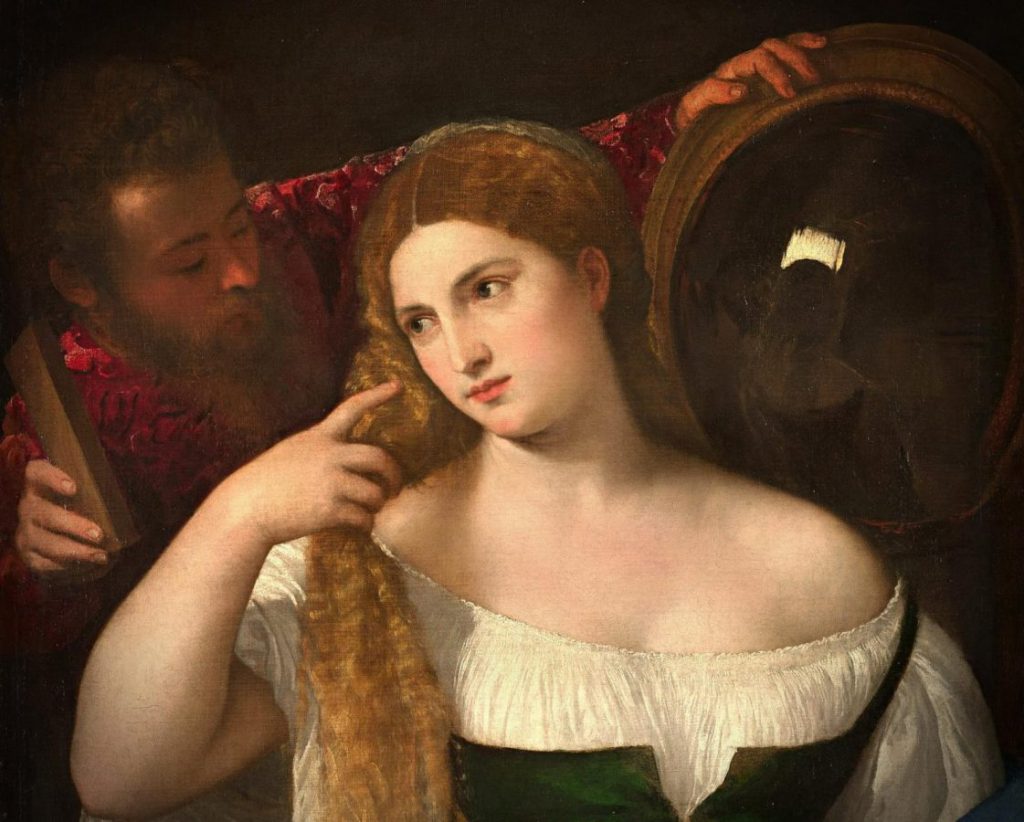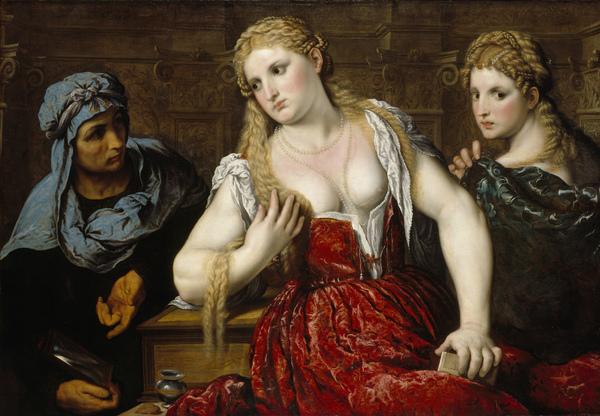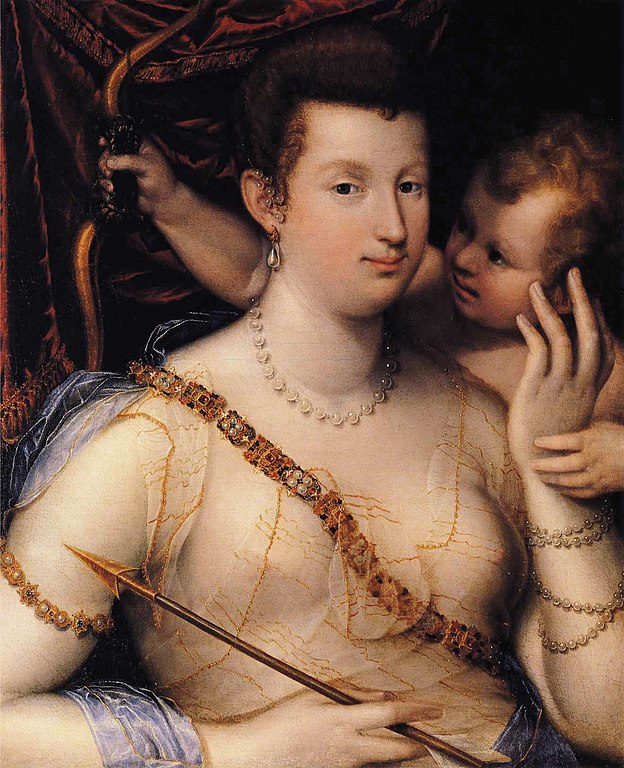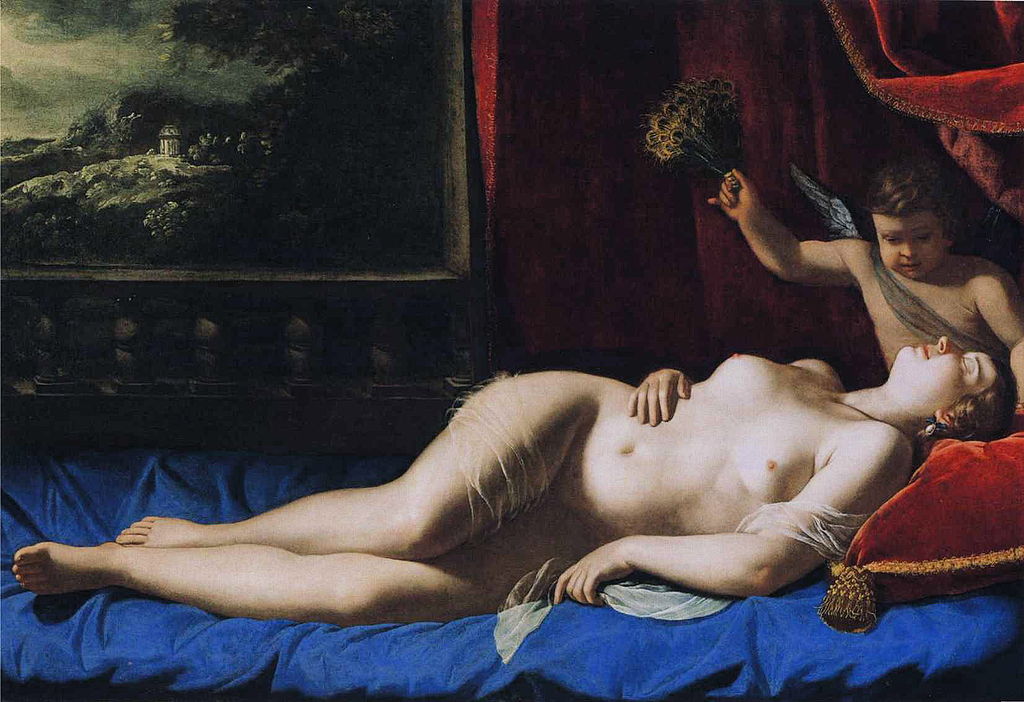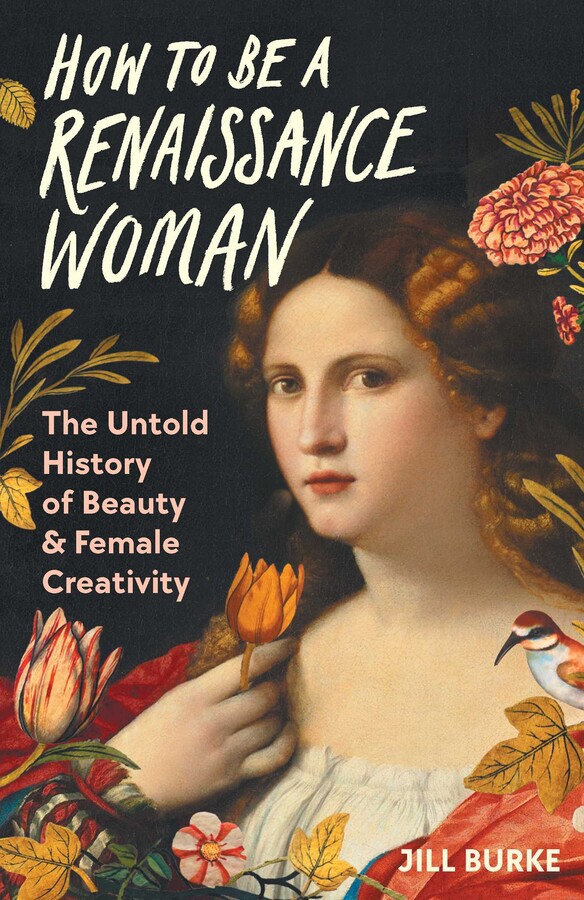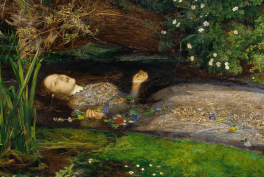Vivid Evocation
Published by Pegasus Books in 2024, this new book by Jill Burke is a must-read! Whether you are an academic, a TikTok influencer, or just generally interested in Renaissance art, this book has it all. Burke magically evokes women’s daily lives in Renaissance Europe, guiding us as we walk the streets of 16th-century Italy.
We get to look over the shoulder of the alchemist apothecary or sit at the kitchen table of a courtesan grinding red sandalwood. You can almost smell the rose water and feel the soothing touch of beeswax. From noblewomen to the lowest peasant, we get up close and personal with beauty and cosmetic practices used across Europe at that time.
Oppressive or Empowering?
Don’t be deceived – this is not a frivolous story of make-up and superficial aesthetics. Burke uses the lens of beauty culture to give us a fascinating insight into the workings of the Renaissance mind. Sadly, it seems that Renaissance women had all the hang-ups and beauty obsessions modern women face today, and were subjected to the same body-fascism too. The color plates within the book give us a sumptuous overview of Renaissance art and what exactly women were expected to live up to.
Beauty Fears
Renaissance women’s concerns mirror the fears and worries faced by modern women. Are my curls frizzy? Are those stretch marks? Should I get a nose job? Are my boobs too saggy? Are my legs too hairy? Sadly, pale skin and golden hair were even then the “preferred option.”
Burke touches on the inherent racism of the beauty ideal, as well as discussing women and weight, witchcraft, and religion. Cosmetic surgery makes a surprising appearance – nose jobs and labiaplasty are clearly much older than we had thought. Small apple-shaped breasts were very much in vogue. An interesting historical note is the appearance of full-length mirrors in the 16th century. People could now see, very clearly, just how they appeared to the outside world.
Recipes
This is an incredibly well-researched piece of work. But it’s not a dusty academic tome, it breezes along at a lively pace, and it is packed with detail and personal stories. At times it’s like sitting with a pal, gossiping about your newest skincare routine or expensive perfume. This was the point in history when printing and publishing were becoming more common, so we see the first beauty pamphlets and self-care books being purchased and shared. From these fascinating resources, Burke shares recipes, so you can recreate the creams, emulsions, and waters that were used by Renaissance women. How cool is that? After mixing and concocting in the kitchen, you can sit at your dressing table and play at being a Renaissance-era lady!
Intelligent and Creative
Some of the ingredients may turn our modern stomachs: snails and goat fat anyone? But don’t be fooled into patronizing these women from past times, they were knowledgeable. They had significant knowledge of science, medicine, chemical processes, and herbalism. Although we do know now that lime, mercury, and arsenic are NOT ideal ingredients! Burke’s Renaissance women were creative, carving out space for themselves in a male-dominated culture. Women were central to healthcare in this period, as midwives, nursemaids, and healers, it was inevitable that these skills would also be used for self-care rituals. As Burke says:
Rebel or Embrace?
People from every period of history have thought about (and worried about) their appearance. Social media may have amplified this, but it has always been with us. The relationship between women and beauty is complex. Are we pandering to the male gaze? Or are we empowering and celebrating ourselves? Some Renaissance women argued against the prison of beautification, demanding women pursue instead the life of the mind. Others argued that beauty was one of the few useful powers women had access to. Of course, the complicated truth, both in the Renaissance and today, is that beauty culture can reinforce ideas of gender, race, and class. And it can also subvert those very same ideas. Complicated? Yes! Fascinating? Yes! This book is an absorbing and insightful read.
